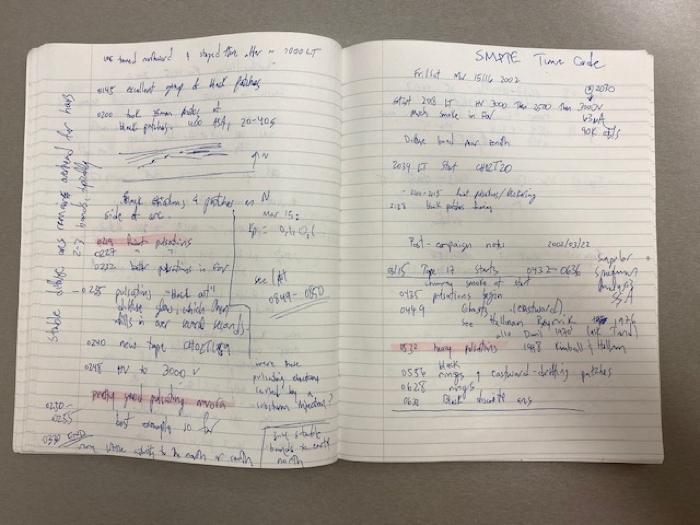All auroras do not fly through the sky like snakes. Some of them are known as diffuse aurora, which is just like light spread throughout the sky.
These “diffuse aurora” are not much known to scientists but an old video that had taken in the year 2002 reveals an undocumented auroral phenomenon which shows that we are not know all about this phenomenon. Researchers mention an abstract about their research that they came to know about such incidents in a video taken at night on 15 March 2002, in Churchill, (Manitoba), Canada.
“They seem like parts of diffuse aurora that shine fastly, then fade away and also remove the aurora that is in the background. After that, over several ten seconds, the diffuse aurora then reacquires to its original brightness.”
The team for research comprises scientists from the University of Iowa, University of Calgary, and NASA who have denoted this phenomenon as ‘diffuse auroral erasers’. The researchers thought that this phenomenon for the first time has been reported in science. They don’t know much about the reason causing this phenomenon.
University of Iowa astronomer Allison Jaynes said that “because of this situation a question has arisen: Are these common incidents not looked upon seriously, or are they just unusual? He adds further, they know that this means there is a process that is causing them, and it may be a process that we have not begun to observe because we never know about this event. Where these incidents are happening so far? “
What does an aurora mean?
The Sun sends more radiation to the Earth than just light and heat, but the Earth’s magnetic field separates us from them. But during solar storms and solar winds, the sun emits a huge bubble of electrified gas that crosses this gradient of the Earth’s magnetic field. These solar storms and wind particles interacting with gases in the Earth’s atmosphere result in beautiful light displays such as oxygen giving green and red light and nitrogen glowing in purple and blue.
Some auroras in the sky seem to be floating and appear as several objects while others are more diffuse allowing them to equally spread over a wide area.
Electron cyclotron harmonic and upper‐band chorus are the two particular types of atmospheric waves to which diffuse auroras are linked which can scatter electrons produced in the magnetosphere to develop the shine.
It seems that many scientists are not sure how successful each of the two waves is in creating the spreading aurora, or even another type of wave such as the Whistler mode hiss wave is also contributing to this process.
The team hopes that this old video from 2002 will help identify the spreading of Auroral Erasers and some other questions related to it. The research that is published is new, as the origin of such events began nearly two decades ago. A physicist at the University of Calgary David Knudsen had taken the video on a cold night at Churchill.
After that night, when the video was further investigated, Knudson noted the incident and wrote about it in his notebook about spreading of the glow “spread out the blackout”, which would then fill up over seconds. Although that note wasn’t looked upon carefully at that time, and it wasn’t, until recently Jaynes handed that video and notebook to a graduated student, to investigate it further.
That graduate student is astrophysicist Riley Troyer, created a computer program to investigate the video thoroughly, and found that it took approximately 20 seconds for an aurora to recover its brightness.

Above: 2002 notes that written by Knudsen, the reference about the “pulsating ‘black out’ diffuse glow”. Troyer said that “the most important thing we found, tells about the time that it takes for the aurora to go from an eraser event (when the diffuse aurora is blotted out) to gets its shine, brightness, or color back again, and how much time it takes to go from that erased state back to being diffuse aurora.”
Knowledge about aurora will help in modeling magnetic fields in the future. A lot of research yet to be done, but the team hopes that now we know the erasers exist, and thus they might able to find more
We just hope that it does not take many years for them to discover more.

1 Comment
Pingback: ESA captures stunning aurora produced by a recent solar storm - Craffic